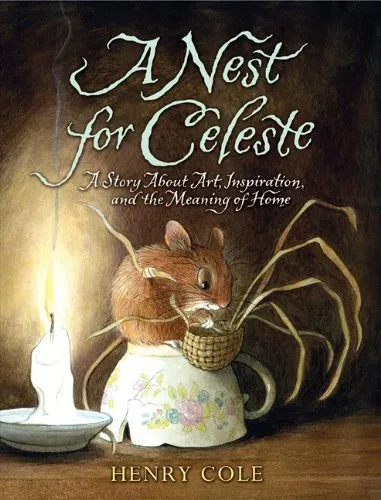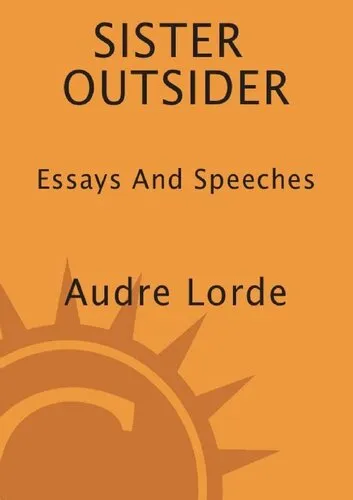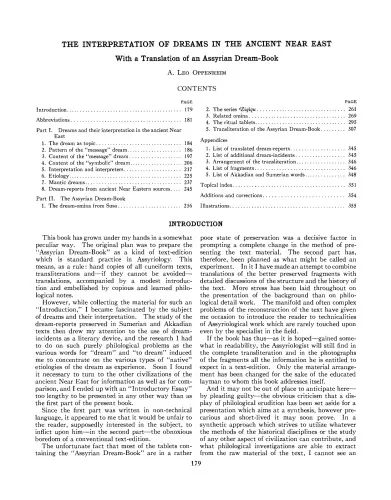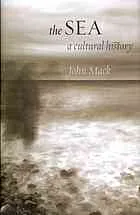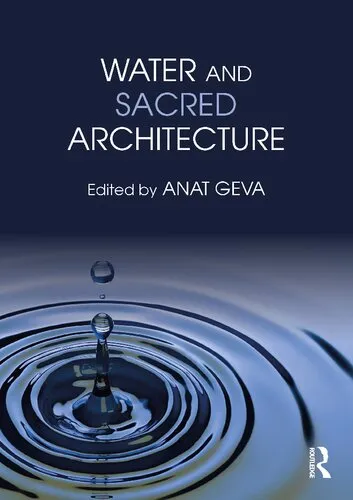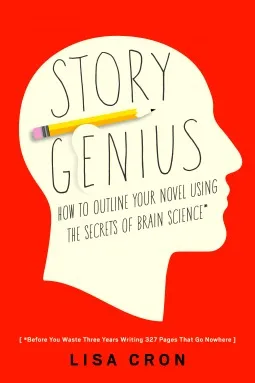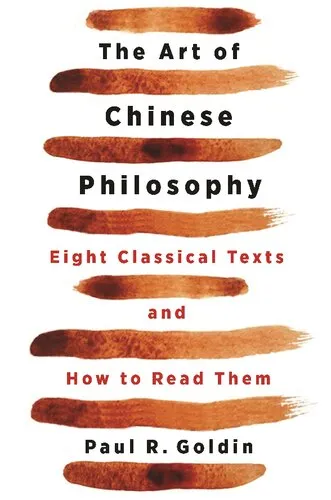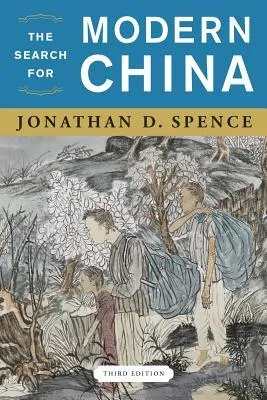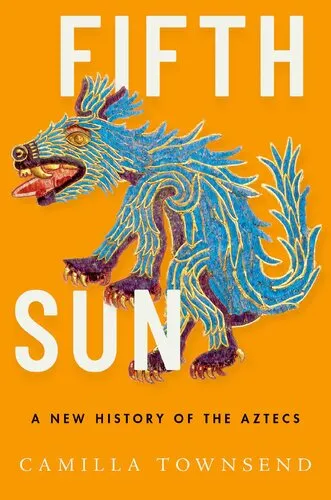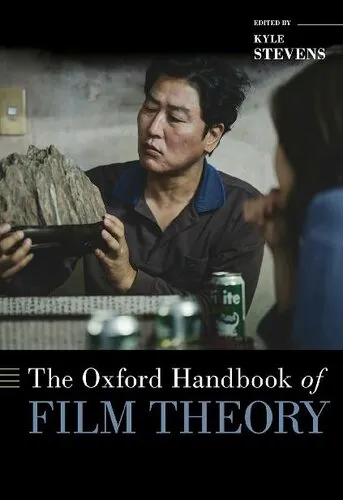The Miraculous Journey of Edward Tulane
4.5
بر اساس نظر کاربران

شما میتونید سوالاتتون در باره کتاب رو از هوش مصنوعیش بعد از ورود بپرسید
هر دانلود یا پرسش از هوش مصنوعی 2 امتیاز لازم دارد، برای بدست آوردن امتیاز رایگان، به صفحه ی راهنمای امتیازات سر بزنید و یک سری کار ارزشمند انجام بدینکتاب های مرتبط:
خلاصه تحلیلی کتاب
کتاب The Miraculous Journey of Edward Tulane، نوشتهٔ کیت دیکاميلو و با تصویرگری باگرام ایباتولین، روایتی منحصربهفرد از یک عروسک خرگوش چینی به نام ادوارد تولین است. این داستان، در سطح ظاهری، سفری فیزیکی را نشان میدهد که ادوارد از خانهٔ اولیه خود آغاز میکند و در مسیر سرنوشت خود، از دستان افراد مختلف به دیگری منتقل میشود.
اما نگاه تحلیلی آشکار میسازد که این کتاب، استعارهای غنی از مسیر درونی انسانها در مواجهه با عشق، فقدان و رشد است. ادوارد، که در آغاز داستان موجودی خودشیفته و بیتفاوت است، با هر تجربه و برخورد جدید، بُعد تازهای از خود و جهان را کشف میکند. این تحولات تدریجی، شاکلهٔ اصلی روایت را شکل میدهند.
هر فصل کتاب، همچون ایستگاهی در یک زیارتنامه ادبی است که مفاهیمی چون امید، ارتباط انسانی، و چگونگی یافتن معنا در شرایط دشوار را میکاود. این ویژگی باعث شده تا اثر، هم برای کودکان جذاب باشد و هم برای پژوهشگران ادبیات کودک و نوجوان ارزش تحلیلی زیادی داشته باشد.
نکات کلیدی و کاربردی
این کتاب فراتر از یک داستان کودکانه، به مثابه یک درس زندگی است. ساختار آن بر پایهٔ تجربههای متوالی و متنوع است که هم جنبهٔ سرگرمی دارد و هم لایههای عمیق معنوی را منتقل میکند. این ویژگیها برای مطالعه تطبیقی در حوزههای روانشناسی رشد و مطالعات فرهنگی مناسباند.
از منظر تحلیل ادبی، روایت خطی اما با تنوع مکانی و شخصیتی، فرصتی را برای بررسی کارکرد نمادها و موتیفها فراهم میآورد. خرگوش چینی چهرهپردازی شده به عنوان قهرمان بیجان، بستری خلاقانه برای تجربه همدلی در مخاطب ایجاد میکند. جریان رویدادها، مفهومی از «سفر قهرمان» را بازتاب میدهد، اما با تغییراتی که آن را از الگوهای سنتی متمایز میسازد.
کسانی که به دنبال بهرهبرداری آموزشی هستند، میتوانند از ماجراهای ادوارد برای تقویت مهارت تحلیل شخصیت، درک روابط علت و معلولی در داستان، و پیوند ادبیات با اخلاقمداری استفاده کنند. همچنین، بررسی ارتباط متن و تصویر در این اثر، نمونهای ارزشمند از همافزایی نویسنده و تصویرگر است.
نقلقولهای ماندگار
کتاب سرشار از جملات اثرگذاری است که پیامهای عمیق انسانی را منتقل میکنند، بیآنکه به شعارزدگی بیفتند.
عشق، حتی اگر از دست برود، باز هم ارزش زیستن را دارد.
نامشخص
گم شدن، گاهی آغاز پیداکردن خویشتن است.
نامشخص
هر دلی که شکسته شود، ظرفیت بیشتری برای پذیرش نور پیدا میکند.
نامشخص
چرا این کتاب اهمیت دارد
The Miraculous Journey of Edward Tulane با ظاهری ساده اما محتوایی ژرف، الگویی از داستانپردازی را ارائه میدهد که مرزهای سنی را درمینوردد. خواننده، فارغ از سن و تجربه زندگی، میتواند بخشی از خود را در مسیر ادوارد بازشناسد.
این کتاب به شکل مؤثری به مفهوم دگردیسی شخصیتی میپردازد و نشان میدهد که چگونه بر اثر تعامل با دیگران و تجارب زندگی، درونیات فرد دگرگون میشود. از سوی دیگر، همنشینی متن و تصویر، تجربه خواندن را به یک سفر بصری-ادبی تبدیل میکند که در پژوهشهای میانرشتهای قابل مطالعه است.
عدم وابستگی اثر به زمان و مکان مشخص، بُعدی جهانشمول به داستان میبخشد و آن را به مثابه روایتی فراتر از مرزهای فرهنگی و زبانی قرار میدهد.
Analytical Summary
Kate DiCamillo’s *The Miraculous Journey of Edward Tulane* stands as a distinguished work of modern children’s literature, notable for its thematic depth and emotional resonance. Published in 2006, this illustrated novel, brought to life by the artistry of Bagram Ibatoulline, traces the journey of a porcelain rabbit named Edward whose odyssey becomes a meditation on vulnerability, resilience, and emotional awakening. Though nominally classified as juvenile fiction, the book operates on multiple interpretive levels and offers rich material for academics, educators, and literary professionals seeking to study narrative craft and moral philosophy in a compact form.
The narrative begins with Edward as a self-absorbed figure, cloaked in the trappings of elegance but untouched by meaningful connection. Through a succession of owners and circumstances—spanning privilege, hardship, and abandonment—Edward experiences the full spectrum of human (and anthropomorphic) emotion. This progression is neither linear nor sentimental; instead, it functions as a layered exploration of how relationships, loss, and time shape identity. Each pivotal episode is accompanied by meticulously detailed illustrations that reinforce tonal shifts and underscore emotional beats, offering readers a visual lexicon alongside the text.
This analytical lens reveals particular strengths: tightly woven prose, symbolic repetition (especially around water, journeys, and gazes), and a willingness to confront complex themes such as grief and renewal in a format accessible to younger readers. For scholars, the book invites comparative studies with fables, allegories, and moralistic novels, situating Edward’s metamorphosis within a broader tradition of character-driven transformation narratives.
Key Takeaways
Readers and analysts alike will find *The Miraculous Journey of Edward Tulane* a compelling case study in the mechanics of empathy and transformation, encapsulating universal human truths within a deceptively simple storyline.
Foremost among its lessons is the necessity of openness to emotional risk—Edward’s unwillingness to love early in the story parallels common human avoidance patterns. The book also demonstrates the structural power of episodic storytelling, where each chapter represents a discrete emotional trial yet feeds into a larger arc. Furthermore, the collaboration between author and illustrator exemplifies how visual and verbal narratives can intertwine to deepen thematic impact.
For professionals in education and literary criticism, the work serves as an accessible entry point to discussions about moral development, representation of trauma in youth literature, and the balance between hope and realism in character resolution.
Memorable Quotes
Sometimes we are transformed most profoundly by the very experiences we resist. Unknown
The journey is not about what is lost but about understanding what remains. Unknown
Why This Book Matters
Beyond its surface appeal as a beautifully told children’s story, *The Miraculous Journey of Edward Tulane* holds scholarly significance within literary and cultural studies.
The book’s moral complexity positions it as a microcosm of human interaction, ripe for interdisciplinary exploration—from developmental psychology to art education. Its treatment of empathy as a learned skill challenges simplified moral archetypes often found in children’s literature. Moreover, the collaboration between Kate DiCamillo and Bagram Ibatoulline demonstrates the educational potential of integrated media, making the text a template for engaging diverse audiences without diluting thematic rigor.
For academics, the scarcity of overt moralizing combined with an unflinching portrayal of emotional hardship creates fertile ground for research into narrative ethics and reader-response theory.
Inspiring Conclusion
*The Miraculous Journey of Edward Tulane* is more than a tale of a porcelain rabbit—it is a mirror reflecting our own capacity for change.
By inviting readers into Edward’s evolving consciousness, Kate DiCamillo and Bagram Ibatoulline have crafted a story that transcends age and genre boundaries. If this introduction has sparked your intellectual curiosity, consider engaging further: read the book with a critical eye, share its lessons in your circles, and discuss its themes within academic or professional forums. Such dialogue ensures that the journey—both Edward’s and our own—continues to unfold in meaningful ways.
دانلود رایگان مستقیم
شما میتونید سوالاتتون در باره کتاب رو از هوش مصنوعیش بعد از ورود بپرسید
دسترسی به کتابها از طریق پلتفرمهای قانونی و کتابخانههای عمومی نه تنها از حقوق نویسندگان و ناشران حمایت میکند، بلکه به پایداری فرهنگ کتابخوانی نیز کمک میرساند. پیش از دانلود، لحظهای به بررسی این گزینهها فکر کنید.
این کتاب رو در پلتفرم های دیگه ببینید
WorldCat به شما کمک میکنه تا کتاب ها رو در کتابخانه های سراسر دنیا پیدا کنید
امتیازها، نظرات تخصصی و صحبت ها درباره کتاب را در Goodreads ببینید
کتابهای کمیاب یا دست دوم را در AbeBooks پیدا کنید و بخرید
1477
بازدید4.5
امتیاز0
نظر98%
رضایتنظرات:
4.5
بر اساس 0 نظر کاربران
Questions & Answers
Ask questions about this book or help others by answering
No questions yet. Be the first to ask!



